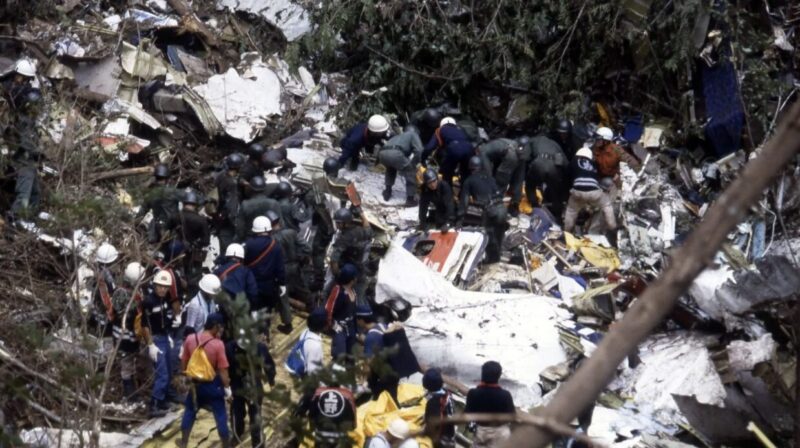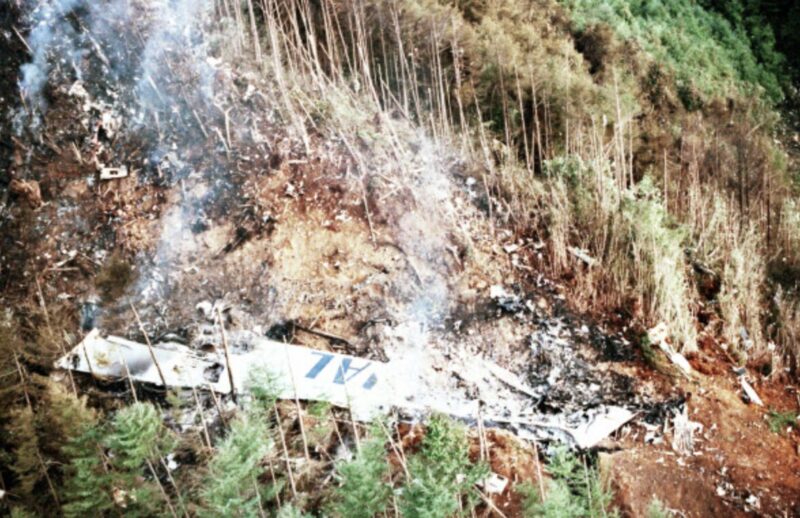[August 12] Japan Airlines Flight 123 Crash — “Living in the Present”

Prologue: The Tragedy That Struck the Sky
On August 12, 1985, at 6:12 p.m.,
Japan Airlines Flight 123 departed Tokyo’s Haneda Airport bound for Osaka’s Itami Airport, carrying 501 passengers and 15 crew members.
It was the height of the Obon holiday travel rush, and the cabin was filled with families, business travelers returning from trips, and even well-known public figures.
But just 12 minutes after takeoff—
The aircraft suddenly became uncontrollable over Sagami Bay. The cause was traced to improper repairs from years earlier, combined with a design flaw. The vertical stabilizer broke off, and the plane lost all hydraulic systems.
A Harrowing 40 Minutes and the Ridge of Osutaka
The pilots fought desperately to regain control until the very last moment.
At 6:56 p.m., the aircraft crashed into the ridge of Mount Osutaka in Gunma Prefecture.
Out of the 524 people onboard, 520 lost their lives. Only four survived. Among them was a junior high school girl who endured a long, cold night in the mountains before being found by rescue teams at dawn. She later recalled how the chill of the mountain night and the deafening crash stayed with her long afterward.

Shock and Grief Across Japan
News of the accident spread nationwide within minutes. Television and radio programs immediately switched to emergency coverage.
At airports, anxious families gathered in search of information about their loved ones.
In the villages near the crash site, members of the Self-Defense Forces, firefighters, and local residents worked side by side to rescue survivors and recover the victims.
This disaster remains the deadliest single-aircraft accident in the history of aviation, leaving a deep scar on Japanese society.
Bereaved families formed the “8/12 Liaison Group” to seek the truth and promote safety awareness. Each year on the memorial day known as Akane-gumo-ki (“Crimson Cloud Memorial”), they climb to the ridge of Osutaka to honor the lives lost.

When “Ordinary Life” Can Disappear in an Instant
Today, we wake up, go to work or school, share dinner, and laugh with our family and friends.
Yet this “ordinary” life can vanish in a moment—Flight 123 is a stark reminder of that reality.
Being alive is itself the result of countless coincidences—a chain of miracles.
That is why we should live each day carefully, with gratitude and sincerity.
The crimson sunset that filled the sky that day seems to be asking all of us the same question: Are you truly living in the present?
Conclusion
The tragedy of Japan Airlines Flight 123 leaves us with lessons that never fade with time:
the importance of safety and the irreplaceable value of everyday life.
Let us not forget that today is a day we can never get back—and live it fully.

